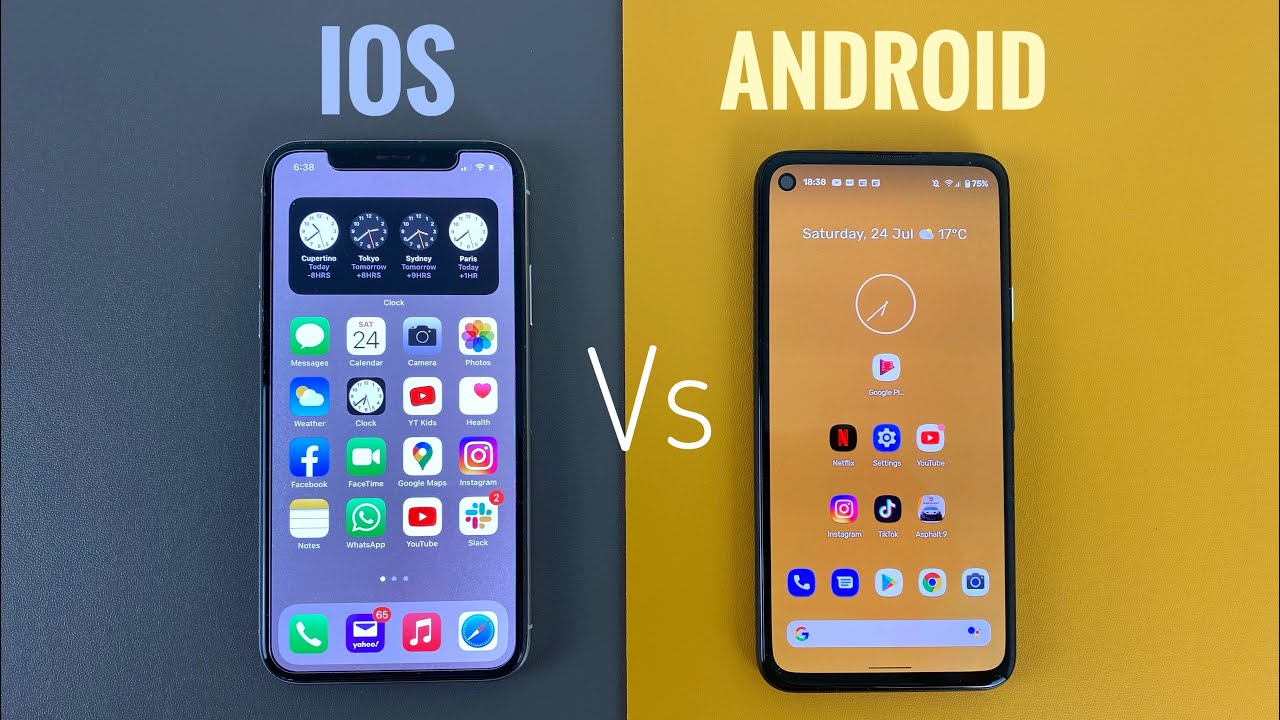Which Phone is Easier to Repair: iPhone or Android?

When choosing a smartphone, factors like design, camera quality, and software features often take center stage. However, one crucial aspect that is often overlooked is repairability. In this blog post, we will delve into the question of which phone is easier to repair: the iPhone or Android devices. By examining various factors such as hardware accessibility, availability of spare parts, and repair documentation, we aim to provide insights that will help you make an informed decision when selecting a repair-friendly smartphone.
Hardware Accessibility
Ease of Accessing Internal Components
One of the most important factors in repairability is how easy it is to access a device’s internal hardware. Some key aspects include:
- Device Opening Mechanism: iPhones typically require specialized tools to open, while some Android devices have removable back panels, making them easier to access.
- Component Modularity: Android manufacturers vary in design, with some models featuring easily swappable batteries and screens, while iPhones often require intricate disassembly.
- Repair Complexity: Apple employs proprietary screws (e.g., pentalobe screws), making repairs harder without specific tools. Some Android brands use standard screws, which are more repair-friendly.
Availability of Spare Parts
How Easy is it to Find Replacement Parts?
Repairability is highly dependent on the availability and affordability of replacement parts. Key comparisons include:
- Official vs. Third-Party Parts: Apple tightly controls the supply of spare parts, making third-party repairs more difficult. In contrast, Android manufacturers often have a more open market for replacement components.
- Cost of Replacement Parts: iPhone spare parts tend to be more expensive due to Apple’s exclusivity, whereas Android parts, depending on the brand, can be more affordable and widely available.
- Third-Party Influence: Many Android brands allow certified third-party manufacturers to produce replacement parts, making repairs cheaper and more accessible.
Repair Documentation and Support
Access to Official and Community Support
Having access to detailed repair guides and official support can significantly impact how easy it is to repair a smartphone.
- Apple’s Repair Documentation: Apple provides some official repair guides, but access is limited compared to the wealth of open-source repair documentation available for Android.
- Android Manufacturers’ Approach: Some brands, like Fairphone and Google Pixel, actively support DIY repairs, providing official manuals and spare parts.
- Online Repair Communities: Platforms like iFixit, Reddit, and YouTube offer extensive guides for both iPhone and Android repairs, but Apple’s right-to-repair policies often make iPhone repairs more restrictive.
Software Considerations
How Software Affects Repairability
While repairability is primarily a hardware issue, software plays a significant role in the repair process.
- Software Locks and Pairing: Apple employs parts pairing, which means replacing components like screens or batteries can trigger warnings if not installed by an authorized technician.
- Firmware Restrictions: Android devices typically allow greater flexibility when installing replacement components, whereas Apple can restrict certain functionalities if unofficial parts are detected.
- Right to Repair Movement: Many tech advocacy groups push for right-to-repair legislation, which influences how easily users can fix their devices without voiding warranties.
DIY Repair vs. Professional Repair
Is It Possible to Repair a Phone Yourself?
Not all repairs require professional assistance, and many individuals prefer to perform repairs themselves. Here’s how iPhones and Android phones compare in DIY repairability:
- DIY Repair Kits: Companies like iFixit provide repair kits for both iPhones and Androids, but Apple’s proprietary parts can make DIY repairs challenging.
- Level of Repair Complexity: Some Android brands allow battery swaps and screen replacements with minimal tools, while iPhones often require disassembling multiple components to access critical parts.
- Risk of Damage: iPhones have tightly packed components, increasing the risk of damaging the device during repairs. Some Android brands, like Fairphone, prioritize modular designs that encourage user repairs.
Conclusion
In the battle of iPhone vs. Android repairability, both have their advantages and disadvantages:
- iPhones offer sleek designs and robust customer support, but their repairs can be expensive and restrictive due to proprietary parts and software locks.
- Android devices provide a wider range of options, with some brands emphasizing repair-friendly designs, easier access to spare parts, and greater flexibility in third-party repairs.
Ultimately, the choice depends on your personal preferences, technical skills, and access to repair services. If you value ease of repair and affordable replacement parts, some Android brands may be the better choice. However, if you prefer Apple’s ecosystem and customer support, you may need to factor in higher repair costs and potential restrictions. By considering the factors discussed in this guide, you’ll be well-equipped to choose a smartphone that aligns with your repairability needs.






